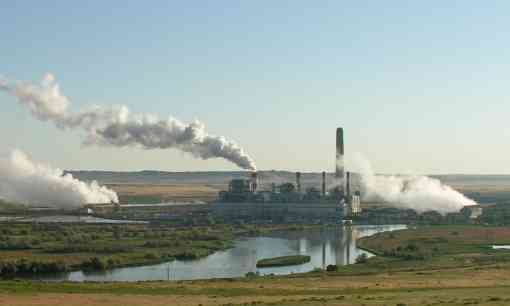Thankfully, Mucus Matters Under the Endangered Species Act
Thankfully, Mucus Matters Under the Endangered Species Act Defenders of Wildlife


Enter the World of Microhabitats
Enter the world of the often forgotten: the tiny, teaming microhabitats that exist out-of-sight and out-of-mind for many. The weird, wonderful and wild flourish in these often overlooked and fragile places where being unusual belies a far greater role. Biodiversity is not just about the charismatic species that have captured your hearts – the ones that have small children howling and growling before they learn to walk. Biodiversity is about the foundation of all life and its interconnectedness. This means that no matter how big or small, how cute or weird, everything contributes to the diversity that our economies, national security and health and well-being and so much more depend on. Even in these small, unsuspecting habitats, we can find bountiful life and important duties.
The Importance of Native Snails and Freshwater Mussels
This is the world belonging to the more than 2,400 species of native freshwater and terrestrial snails found in the United States, each an instrumental asset for such services as nutrient recycling, soil creation and even pollination. It’s also the world of the approximately 300 species of freshwater mussels in our country that are incredibly important for water filtration.
Unfortunately, despite their richness and importance, these less charismatic critters have also suffered the consequences of the biodiversity crisis, being particularly prone to habitat loss, pollution and climate change.
Freshwater mussels in particular are considered one of
SDGs, Targets, and Indicators
1. Which SDGs are addressed or connected to the issues highlighted in the article?
- SDG 15: Life on Land
2. What specific targets under those SDGs can be identified based on the article’s content?
- Target 15.1: By 2020, ensure the conservation, restoration, and sustainable use of terrestrial and inland freshwater ecosystems and their services, in particular forests, wetlands, mountains, and drylands, in line with obligations under international agreements.
- Target 15.5: Take urgent and significant action to reduce the degradation of natural habitats, halt the loss of biodiversity, and, by 2020, protect and prevent the extinction of threatened species.
3. Are there any indicators mentioned or implied in the article that can be used to measure progress towards the identified targets?
- Indicator 15.1.1: Forest area as a proportion of total land area.
- Indicator 15.5.1: Red List Index.
The article highlights the importance of conserving and protecting biodiversity in small habitats, specifically focusing on native freshwater and terrestrial snails and freshwater mussels. These species play crucial roles in nutrient recycling, soil creation, water filtration, and ecosystem support. The article also mentions the endangered Royal marstonia snail and Altamaha spinymussel as examples of imperiled species that require protection.
Based on this information, SDG 15: Life on Land is addressed as it aims to protect, restore, and promote sustainable use of terrestrial ecosystems, sustainably manage forests, combat desertification, halt and reverse land degradation, and halt biodiversity loss.
The specific targets under SDG 15 that can be identified are Target 15.1, which focuses on the conservation, restoration, and sustainable use of terrestrial and inland freshwater ecosystems, and Target 15.5, which aims to reduce habitat degradation, halt biodiversity loss, and protect threatened species.
The indicators mentioned or implied in the article that can be used to measure progress towards these targets are Indicator 15.1.1, which measures forest area as a proportion of total land area, and Indicator 15.5.1, which measures the Red List Index to assess the extinction risk of species.
4. Table: SDGs, Targets, and Indicators
| SDGs | Targets | Indicators |
|---|---|---|
| SDG 15: Life on Land | Target 15.1: By 2020, ensure the conservation, restoration, and sustainable use of terrestrial and inland freshwater ecosystems and their services, in particular forests, wetlands, mountains, and drylands, in line with obligations under international agreements. | Indicator 15.1.1: Forest area as a proportion of total land area. |
| SDG 15: Life on Land | Target 15.5: Take urgent and significant action to reduce the degradation of natural habitats, halt the loss of biodiversity, and, by 2020, protect and prevent the extinction of threatened species. | Indicator 15.5.1: Red List Index. |
Behold! This splendid article springs forth from the wellspring of knowledge, shaped by a wondrous proprietary AI technology that delved into a vast ocean of data, illuminating the path towards the Sustainable Development Goals. Remember that all rights are reserved by SDG Investors LLC, empowering us to champion progress together.
Source: defenders.org

Join us, as fellow seekers of change, on a transformative journey at https://sdgtalks.ai/welcome, where you can become a member and actively contribute to shaping a brighter future.








